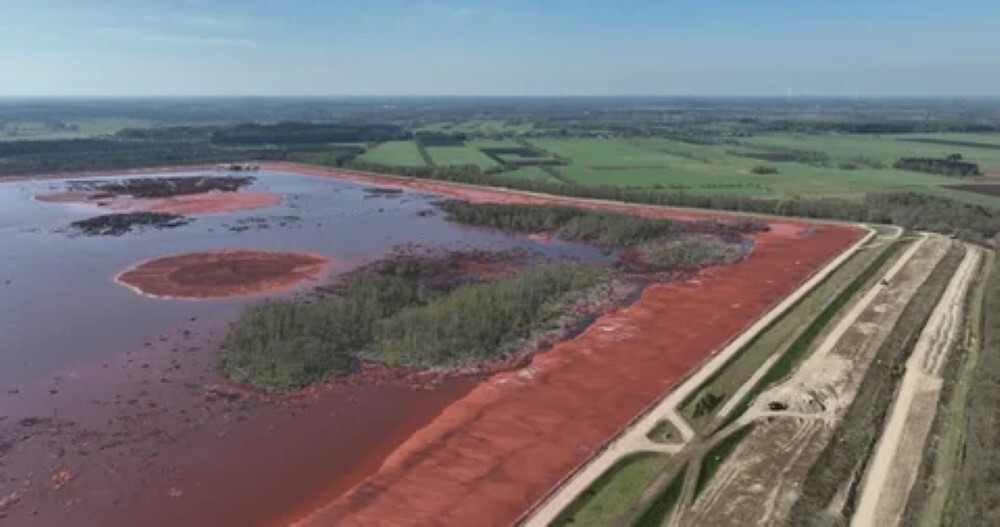

In alignment with the Global Industry Standard on Tailings Management (GISTM) and its commitment to achieving zero harm, Rio Tinto, a leading global mining group engaged in the discovery, mining and processing of the Earth's mineral resources has published comprehensive details on its global tailings facilities, setting a benchmark for safe and responsible tailings management across the industry.

In the recent disclosure, the company has made an update on 14 tailings facilities, which are being rated very high or extreme consequences under the GISTM classifications. This has been previously disclosed on August 4, 2023 and in today's time, new information on the 84 tailings facilities are released, which are rated as low, high or significant.
Rio Tinto Chief Technical Officer Mark Davies stated, "Managing tailings responsibly is essential for keeping people, communities and the environment safe from harm and is fundamental to maintaining our social licence. We are proud to share our management practices transparently and to partner with local communities, our industry peers and regulators to drive transformative improvements in tailings management."
He further adds, "Rio Tinto has committed to implementing the GISTM at all our tailings facilities and we have been working hard over the past five years to bring these into conformance. We have made significant progress and have detailed plans in place to complete the few outstanding items."
Also read: Geomega & Rio Tinto unlock significant progress in its bauxite residue valorisation pilot project
Rio Tinto x OZ Minerals & Boliden: New tailing management technologies
Back in 2022, following industry-wide efforts to advance sustainable tailings practices, Rio Tinto, in collaboration with OZ Minerals and Boliden, had launched the Waste‑to‑Value Challenge under the Think & Act Differently (TAD) incubator initiative. This initiative aimed to drive innovation in tailings management by supporting breakthrough technologies that eliminate, minimise, reuse or unlock value in mining waste.
Rio Tinto provided funding, materials, technical guidance and potential field trial opportunities at operating sites. Importantly, innovators retain IP ownership, while Rio Tinto and partners receive usage licenses. This reflects the company's commitment to align its tailings strategy with GISTM principles of risk reduction, emissions control and transparent engagement with broader implications for industry-wide tailings safety and environmental performance.
Previous disclosure on tailings facility management
In 2029, Rio Tinto released an expanded disclosure on its global tailings storage facilities, reinforcing its commitment to transparency and adherence to GISTM. The update was made upon the company's earlier February 2019 disclosure and provides detailed insight into 26 Rio Tinto-managed operational sites, five non-operated assets and twelve closed or legacy facilities worldwide.
The disclosure outlined a robust, three-tiered governance and assurance structure comprising asset-level reviews (including independent assessments at least every two years), internal audits through Business Conformance and technical reviews, and external third-party oversight independent of site operations.
Importantly, Rio Tinto has classified each facility by applicable regulatory and industry standards, not to indicate the likelihood of failure, but to communicate the potential consequences in the rare event of a breach. This disclosure marks a continued step in Rio Tinto's efforts to lead the industry in responsible and transparent tailings management.
Also read: Mining waste alchemy: Transforming tailings into valuable metals
Note: To feature your brand and share insights, contribute an article or interview in our forthcoming e-magazine “Sustainability & Recycling: Aluminium's Dual Commitment"
Responses








